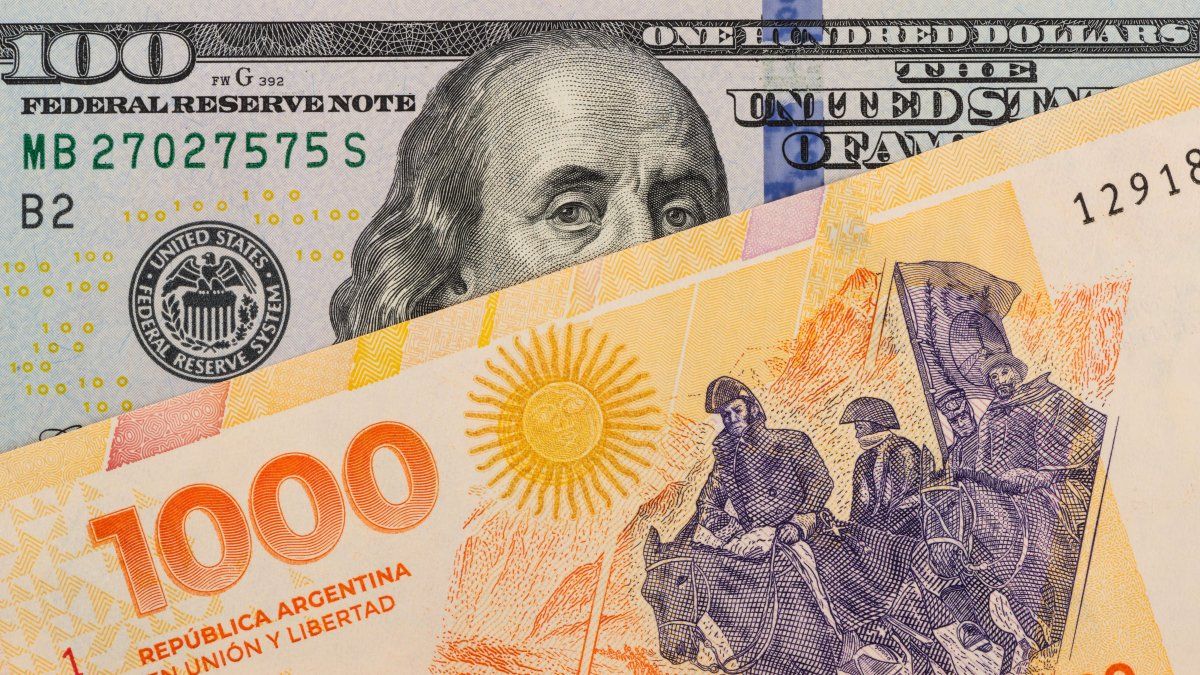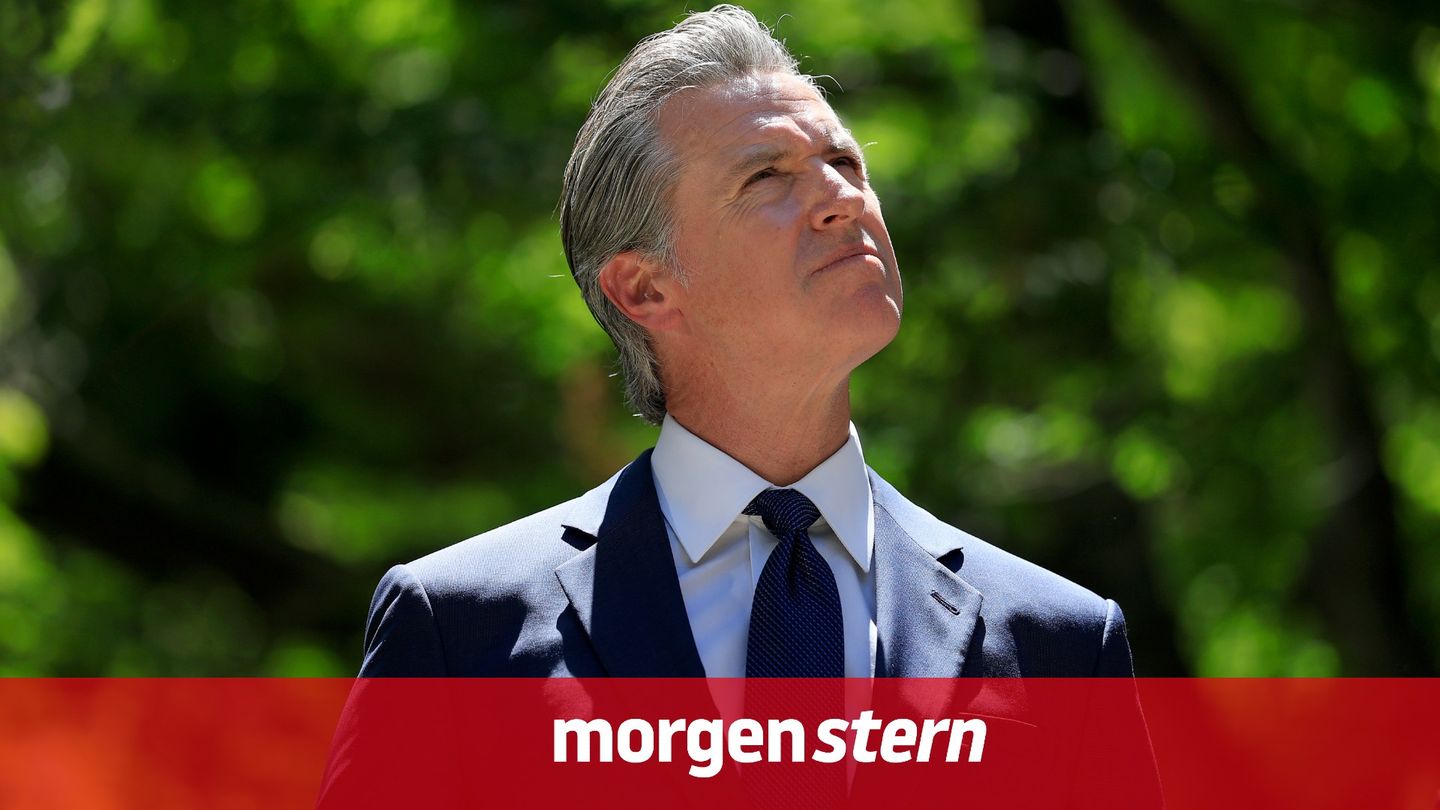“The rate in pesos is the queen of the market,” is the title of Di Stéfano’s column, which we reproduce below:
The Central Bank of the Argentine Republic maintained the monetary policy rate at 32% annually, while it decided to reduce the devaluation rate from 2% to 1% monthly. If this is repeated until the end of the year, the devaluation rate will be 13.8% annually by 2025. A bond that adjusts for the capitalizable interest rate, maturing on December 15, 2025, has a rate of return of 30% annually. This implies that the rate measured in wholesale dollars would be 14.2% annually. A brilliant business.
It is likely that those who make this investment will want to measure it with the dollar bill. In that case, the scenario could arise that, by the end of the year, the gap is 0%, so the rate would be 30.0% per year in dollars.
With a monetary policy rate at 32.0% per year and an expected devaluation rate of 13.8% per year, it seems very likely that the inflation rate will precipitate downwards, reaching around 18.0% per year. as the government projected when it presented the 2025 budget, which was later not discussed in Congress.
Banks lend money at a nominal rate of 35%. If we convert it to an effective rate, it rises to 41.2% annually. If we compare this rate with the expected inflation, the companies that take out financing are validating a real rate of 19.7% annually, which is very high, which invites businesses to be carried out with their own capital.
During the year 2024, active interest rates (those applicable for loans) have had a downward trend, accompanying the fall in inflation. Companies should restructure liabilities with financial entities, since they were indebted at very high rates compared to current inflation.
In the past, taking out credit was something accessible. The rates were negative against inflation, it was difficult to pay installment 1 and it was easy to pay installment 12. Currently, the rates are positive against inflation, but since inflation is low and the loans are at fixed rates, it costs more to pay the installment 12 than installment 1.
It is necessary for banks to offer more financing at variable rates, to accompany the drop in the interest rate compared to the inflation rate. It is necessary that more credits be offered under the German system, which amortizes in equal installments, than the French system, whose amortization is increasing. The ideal is to take financing for one year with amortization in a single payment at the end, and with advance interest. What they call bullet credit.
Returning to the capital market, the stock market’s worst enemy is the interest rate. As long as we have to live with very positive interest rates with respect to the rate of inflation and devaluation, there is no possible rise for sovereign bonds in dollars or stocks. The market developed a very significant rise between August 2024 and January 2025, but we have the feeling that it ran out of fuel. There is no clear narrative for the next 60 days, and the possibility of an agreement with the IMF and lifting the stocks could be available by April or May.
Taking profits in the market during the months of January and February seems logical and healthy, since, looking towards March onwards, an economic scenario must be prepared that helps the government win the legislative elections. You have to start buying thinking about the probable value of financial assets for October 2025. If we buy at current prices, it seems difficult to make much difference; Better to wait and buy low.
Meanwhile, rates in pesos are exceptionally high compared to inflation and the expected devaluation rate. On the other hand, the dollar bill is destined to remain around current values. Using banknotes for everyday life will help improve the transaction costs of US currency. The use of the dollar bill in daily circulation is the prelude to the dollarization of the economy. We will have increasingly fewer pesos as a percentage of the set of goods and services in this economy. The peso will be scarce and the dollars abundant. Whoever waits for a devaluation will lose.
Conclusion
.- We expect a devaluation rate for the year 2025 that will be at most 13.8% annually, while inflation could be 18% annually. These rates coexist with a monetary policy rate of 32.0% per year, which, measured as an effective rate, gives us a rate of 37.1% per year. Clearly, very positive rates, 20.5% in dollars and 16.2% above inflation.
.- Good time for investors in pesos, but bad time for those who want to finance themselves in pesos, with rates that are a lead lifeline for economic activity.
.- The provinces, for the most part, charge high rates of gross income to the banks, which hinders the reduction in the cost of financing. On the other hand, banks are not efficient and pass operating costs on to the price. The entrepreneur is the duck of the wedding in this scenario. The reduction of taxes from the national State, provinces and municipalities continues to be delayed.
.- There is no room for an increase in stocks and bonds with such positive rates in dollars and against expected inflation. This is carry trade to the suit: Invest in pesos while the dollar remains calm. If stocks and bonds correct, we will have a very positive business scenario for the year 2025, since this market will see very high prices in the second half, when Argentina agrees with the IMF, leaves the stocks and if the ruling party wins the midterm elections of mandate.
Source: Ambito




